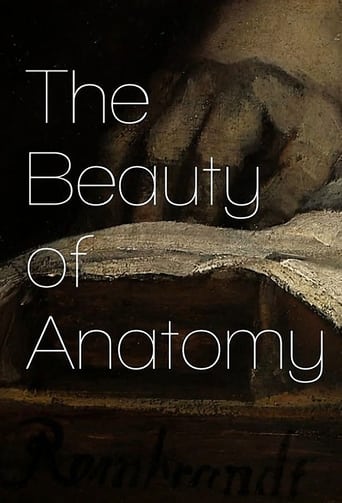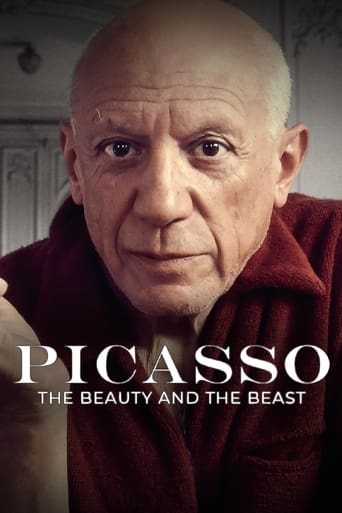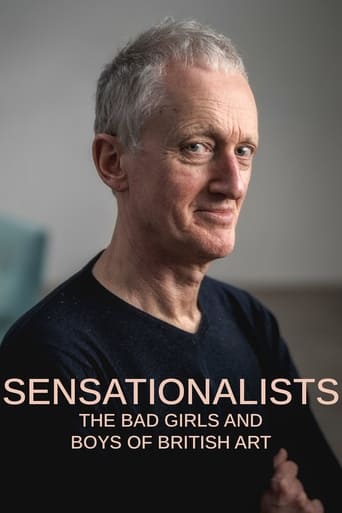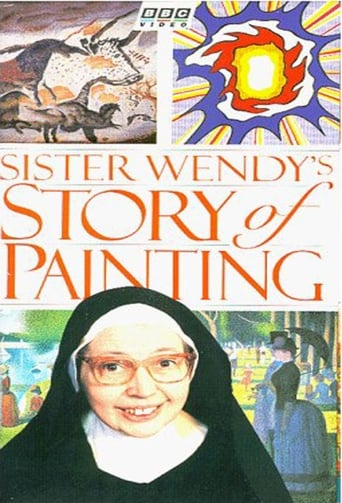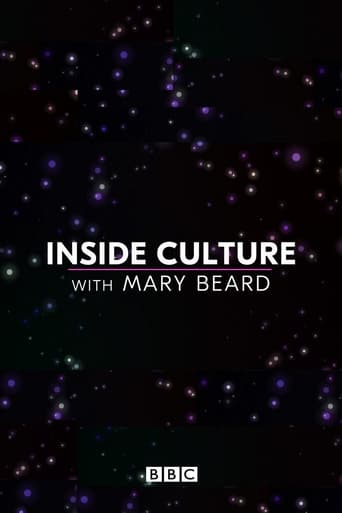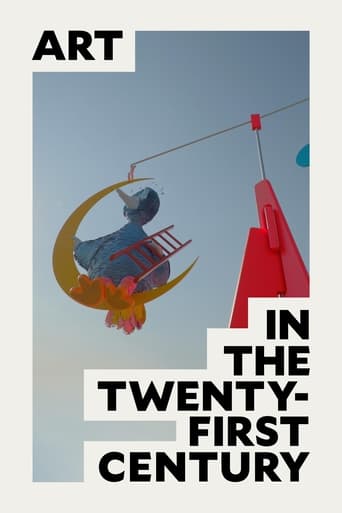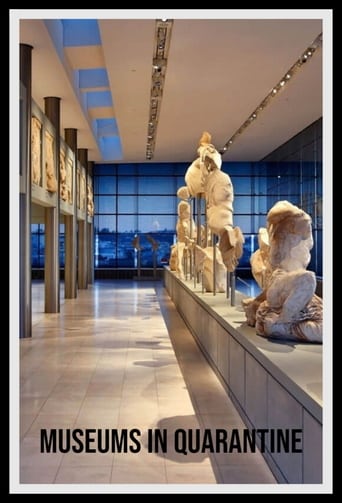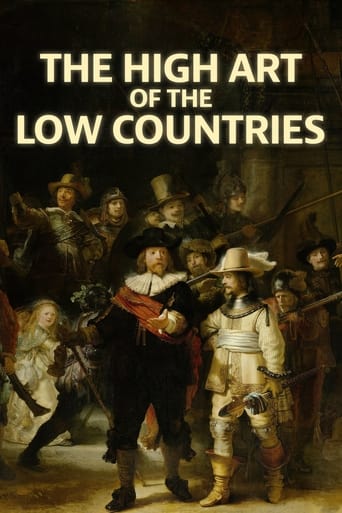The Beauty of Anatomy (2014)
The Beauty of Anatomy
2014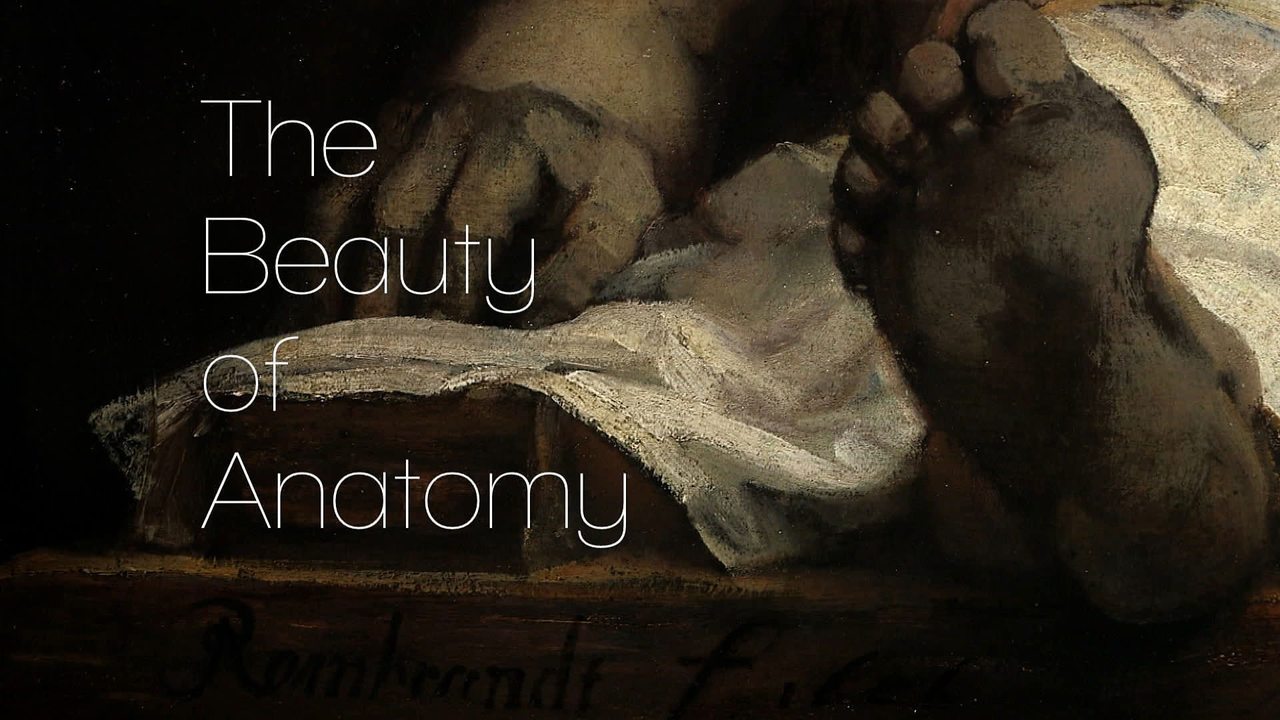
Dr Adam Rutherford investigates the close relationship between discoveries in anatomy and the works of art that illustrate them.
Seasons & Episode
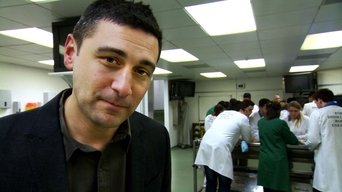
Adam Rutherford begins his series by looking at the work of the 2nd century Roman anatomist Claudius Galen and the artist and part-time dissector Leonardo da Vinci.
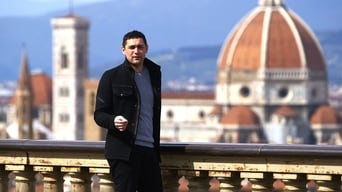
In 1537, the 23-year-old Andreas Vesalius became the most famous anatomist in Europe. He went on to produce the first complete account of the human body and how to dissect it, his drawings setting the gold standard for anatomical art for centuries to come and earning him the title of 'the founder of modern anatomy'. Adam Rutherford tells his story.
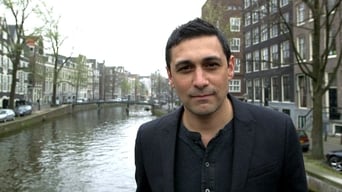
In the 17th century in Holland, anatomy became the cutting edge of medical science, inspiring the great artists of the age like Rembrandt to produce the most beautiful anatomical paintings yet created. Adam Rutherford travels to the Hague and Amsterdam to find out what it was that drew Rembrandt to anatomy and why dissecting bodies was thought a suitable subject for high art.
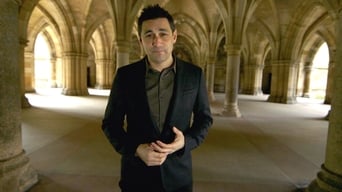
Dr Adam Rutherford investigates the story of the Hunter brothers, the celebrated anatomists who controversially transformed both medicine and art in 18th-century Britain. Their belief that their students could only learn anatomy by carrying out dissections created an unprecedented demand for dead bodies and a market for the growing trade of body-snatching from graveyards.

The world's most famous study of the human body is Gray's Anatomy. The accuracy of the descriptions and the stark beauty of the illustrations made it an instant bestseller. Adam Rutherford tells the story of how, in just three years, Dr Henry Gray and Dr Henry Carter put it together based on dissections they personally performed.
Dr Adam Rutherford investigates the close relationship between discoveries in anatomy and the works of art that illustrate them.
Watch Trailer
Free Trial Channels


